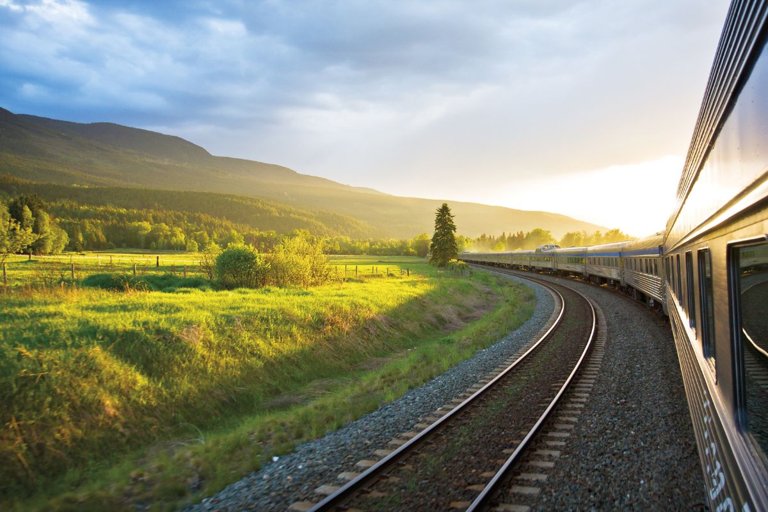Canada’s cross‑country rail routes are experiencing a revival as travelers increasingly seek slower, more meaningful ways to explore the country’s vast landscapes. With renewed attention on comfort, scenery, and environmentally friendly travel, long‑distance trains are drawing interest from both locals and international visitors. Passengers say the appeal lies not only in reaching a destination but in enjoying the uninterrupted views of forests, prairies, mountains, and coastlines that unfold mile by mile...
Rail officials attribute this renewed popularity partly to a growing desire for travel experiences that feel unhurried and immersive. Unlike air travel, which emphasizes efficiency and speed, train journeys offer room to unwind, read, socialize, or simply reflect while the countryside drifts past. Many travelers highlight the camaraderie that develops onboard, where shared dining cars and relaxed seating areas create opportunities for conversation and connection.
Communities situated along major rail corridors are also noticing the benefits of increased ridership. Small towns and regional hubs that historically depended on train traffic for economic activity are welcoming a rise in visitors who disembark to explore local shops, cafes, and attractions. Tourism operators say this momentum supports sustainable growth and helps revive interest in towns that might otherwise be overlooked by faster modes of transport.
Rail companies have responded to the upswing in demand by updating onboard amenities, improving scheduling reliability, and emphasizing regional storytelling through locally inspired menus and curated travel information. These enhancements aim to elevate the passenger experience while preserving the nostalgic charm that many travelers associate with train travel. Officials note that while modernization is important, maintaining the character of classic rail journeys remains a top priority.
The revival has also attracted travelers seeking an alternative to the stresses often associated with airports. Passengers frequently mention the ease of boarding, generous baggage allowances, and the absence of long security lines as major advantages. The ability to move freely between cars, stretch comfortably, and access scenic viewing areas adds to the sense of relaxation that defines slow travel by train.
Environmental advocates point out that rail travel offers a lower‑emission alternative to domestic flights, particularly for medium‑distance routes. With climate‑conscious travel becoming a priority for many Canadians, trains provide a practical way to reduce one’s carbon footprint without sacrificing comfort or experience. This shift in mindset aligns with broader global trends encouraging more sustainable transportation choices.
Rail historians say the current resurgence mirrors earlier periods when trains played a central role in connecting Canadians across vast distances. While travel habits have evolved, the emotional appeal of the rails—symbolizing discovery, connection, and national identity—persists. Many passengers describe the experience as a reminder of how the country was first explored and linked together through shared routes and stories.
With interest continuing to grow, rail companies and tourism organizations are working together to promote iconic journeys such as those through the Rockies or across the Prairies. These collaborative efforts highlight Canada’s most breathtaking scenery while helping preserve the tradition of long‑distance rail travel. As more travelers embrace slow travel, Canada’s rail revival shows no sign of slowing, offering a timeless way to experience the country’s natural beauty.
